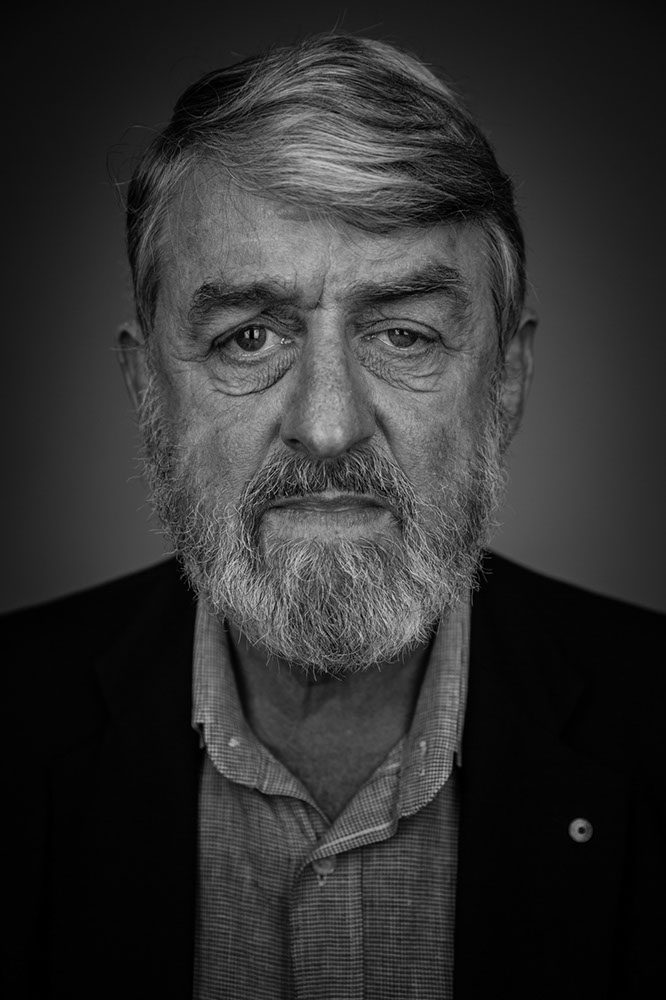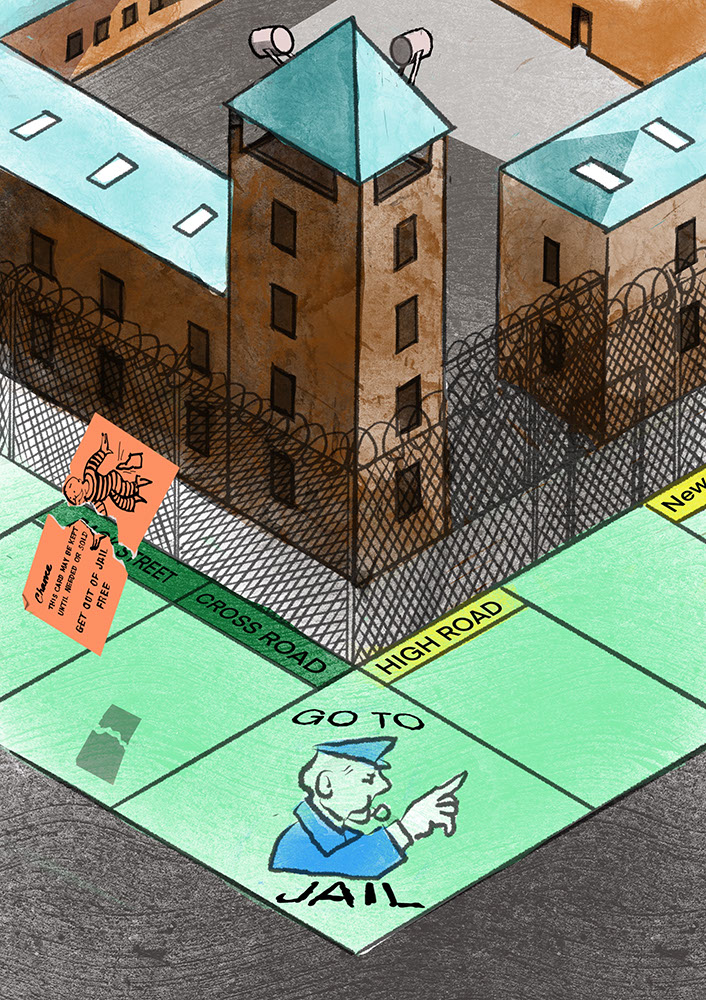The Justice Reform Initiative
*See footnote about the author.1

We know that the criminal justice process is an indispensable part of our system of governance. Parliament makes the laws – creates the crimes and prescribes how they are to be dealt with – and public functionaries apply the laws with appropriate discretion in each case. Collective responsibility is taken for dealing with lawbreakers and vigilantism discouraged.
There will always be crime. We should work harder at preventing it and we should deal with it in ways that do not increase the harm already done (to the victim, the community and the offender) – we should not waste criminal justice resources on matters that are social and health issues (such as drug use and offending behaviour by the mentally-impaired).
If we are confronted with a serious offence that has caused harm, how should the offender be punished in a way that implements the purposes of criminal punishment as laid out in section 3A of the Crimes (Sentencing Procedure) Act 1999?
In our present system (in NSW, but also nationally and internationally in many comparable countries) we rely far too much on imprisonment as a means of dealing with offenders. In the last two decades we have seen offending in most categories of serious crime decline2, but imprisonment has substantially increased. There seems to be a disconnect and it increases the harms done by abruptly separating offenders from family, employment, education, social connections and so on – often for no good purpose and without creating better citizens. Inquiry after inquiry produces reports and recommendations that are ignored officially, so we are not short of ideas.

Rocco Fazzari
Taking figures from the NSW Bureau of Crime Statistics and Research (BOCSAR), at December 20203 in NSW: there were 12,766 adult prisoners, 33% (4,205) being on remand; 862 were female and 11,904 male; 282 of the females were Aboriginal and 2,971 of the males. Given that First Nations people constitute less than 3% of the NSW population, having representation of 33% female and 23% male prisoners and a total of 25% of all adult prisoners is a strong indication of failure of many policies and practices. So, too, is the high proportion of prisoners on remand, yet to be tried, many of whom serve no sentence time.
Resources for prisons are available unevenly and at disproportionate cost to the community. The Australian imprisonment rate (per 100,000 of the adult population) more than tripled between 1985 and 2019, from 66 to 223; among comparable OECD countries it is now third behind the USA and New Zealand. The overall Australian prison population has increased by 50 per cent since 2000, way beyond the increase in population (35%).
Prison has not been able to reform offenders mainly because the necessary resources have not been applied to relevant programs and post-release support is inadequate. It does not deter offenders: the recidivism rate (offenders returning to corrections within two years) is 55 per cent – so it is not improving community safety. Seventy-three per cent of prison entrants have been in prison before, 32 per cent of them at least five times. The largest cohort of prisoners is from disadvantaged and marginalised groups in society, including those without access to adequate education, those abusing alcohol and other drugs, individuals with a mental or cognitive disability (for whom therapeutic options are sparse before, in and after imprisonment), and First Nations people suffering social disadvantage. Women are the fastest-growing cohort – most have committed non-violent offences and many are themselves victims of persistent domestic abuse. While they are incarcerated, their children often become the next generation of offenders. Victims of crime are frequently (perhaps surprisingly) dissatisfied with custodial outcomes for offenders. Prisons cost Australian taxpayers $3.6 billion per annum ($110,000 per annum per prisoner on average)4.
There is a range of available programs of community-based correction. Despite the efforts of the NSW Government in 2018 to move more offenders from prison to community corrections, jailing is still failing all of the groups mentioned above.
That is the catchcry of the Justice Reform Initiative (JRI), launched in September 20205: ‘Jailing is Failing’. The truth of this statement is clear.
The JRI is supported by more than 100 patrons across the country, including eminent Australians such as two former governors-general, former members of Parliament, academics, respected Aboriginal and Torres Strait Islander leaders, and former senior judges, along with many other individuals and organisations.
The JRI reveals how high prison numbers undermine community safety, contrary to assertions made by some politicians. It shows that governments can improve public safety and community strength not by being ‘tough on crime’, but by being ‘smart on crime’ – by introducing more effective alternatives to incarceration, based upon real evidence (of which there is much available from other jurisdictions). Some of those measures will be directed towards crime prevention (such as justice reinvestment and drug law reform) and some towards non-custodial outcomes for offenders (with community supervision and real reform programs). Bail law reform will be part of it.
This is not a prison abolitionist movement. It is recognised that there is a role for prisons but not for the numbers and types of prisoners presently incarcerated.
The JRI is leading a national conversation to reduce our over-reliance on prisons in Australia and to save taxpayers money and improve community safety.
ENDNOTES
1 Former Director of Public Prosecutions for NSW; a director of the Justice Reform Initiative.
2 The Vanishing Criminal: Causes of Decline in Australia’s Crime Rate by Don Weatherburn and Sara Rahman (Melbourne University Press, 2021) ISBN: 9780522877342.
4 Productivity Commission (2020) – Report on Government Services 2020; Chapter 8: Justice; Table 8A.17. See also generally Australian Bureau of Statistics (2019).4517.0: Prisoners in Australia 2019.